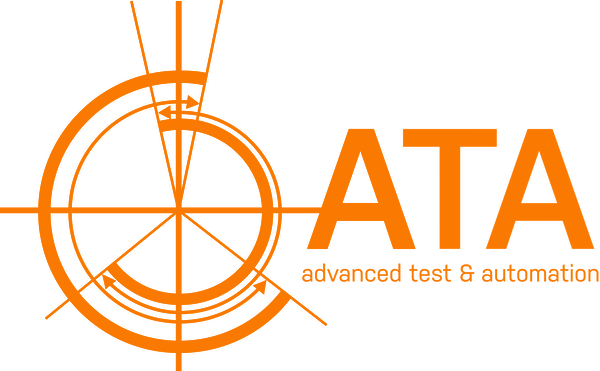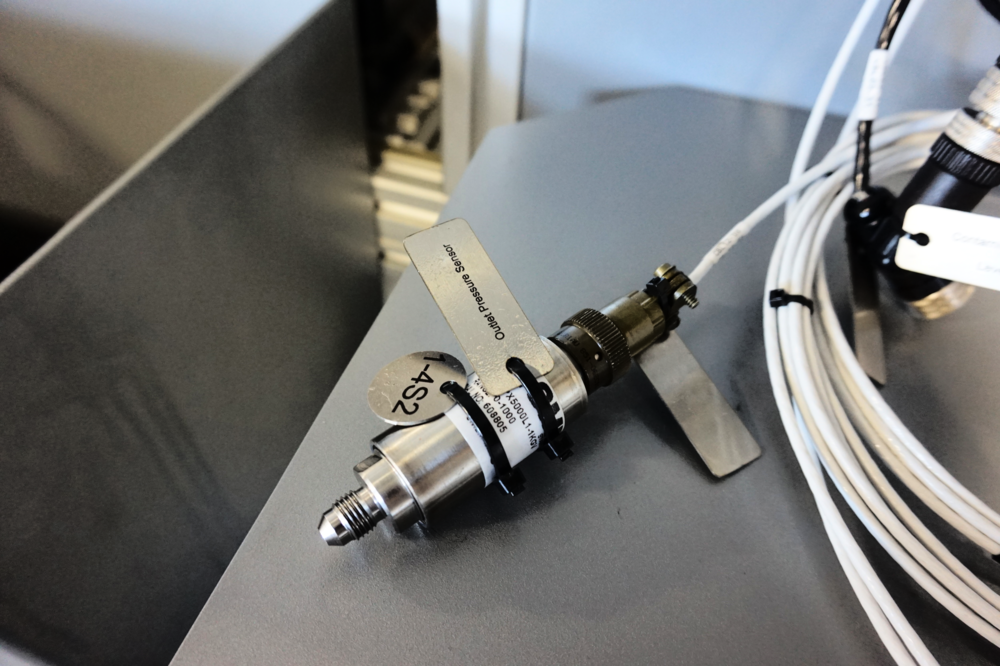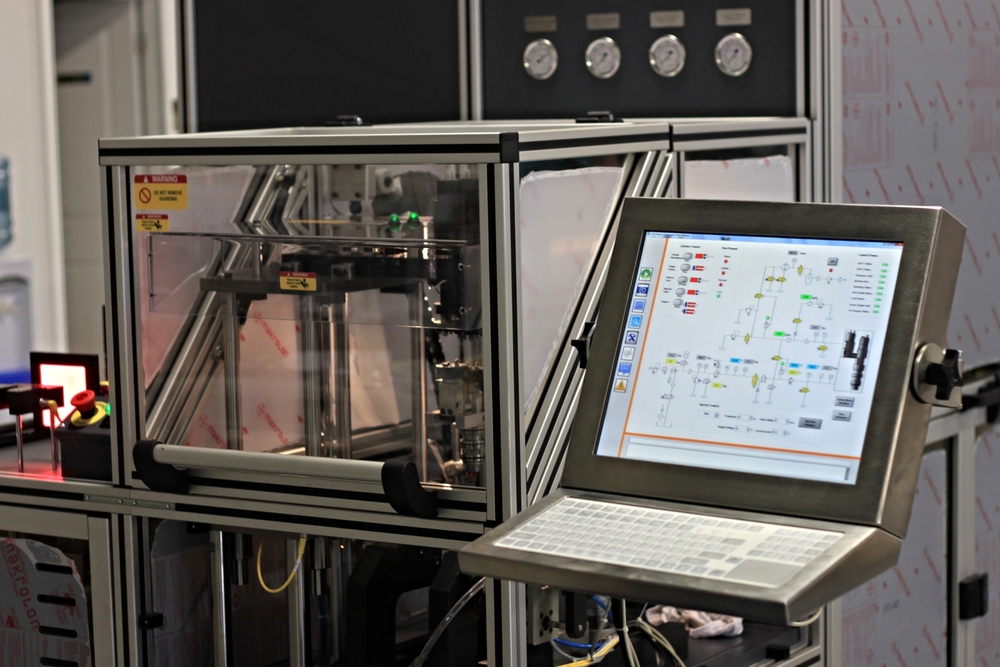Importance of a Full-System Calibration
Learn more about our equipment calibration service, ATA Accurate™
Calibration is a requirement for anyone hoping to produce accurate data from a measurement device. Yearly calibration of your test benches enables you to inform your internal/external customers that all test results are accurate and that meaningful decisions can be made based upon the data. It can even be a contributing factor to winning new business (or losing it).
That said, calibrating the measurement devices (i.e. sensors) on a test bench alone is not enough. What will be far more effective in assuring the points mentioned above is a full system calibration.
Why is yearly calibration so important?
Yearly calibration is essentially a requirement to work with any large client with a quality management system. Through ATA’s work on test standards with large automotive OEMs, we’ve have seen first-hand how strict they are when sourcing accurate and reliable data from component manufacturers. Additionally, most quality standards (i.e. ISO 9001, ISO/TS 16949) require a yearly calibration. In some cases, calibrations must be performed by an ISO 17025 accredited laboratory, like us. As previously mentioned, expired calibration certificates and/or inaccurate data won’t only lose you a single program, but potentially that entire client for quite a while.
Over a year, the measurement circuit of any test bench can change. Typical sources of error can often be due to the system’s electronics. Electromagnetic interference from other hardware can induce noise in your results. For hydraulic machines, the dynamics of the system (i.e. pressure, temperature cycles) can cause a loss of sensor securement/tension, leading to drift in the measurement.
Why is it important to calibrate the entire machine at once?
“My pressure sensor is accurate to 0.01 bar,” said the test engineer. To this we respond, “Yes, but how do you know that the pressure results in your CSV file is accurate to 0.01 bar?”
If you aren’t calibrating the whole system and instead calibrating individual sensors, then you are ignoring the uncertainty of the entire measurement chain. You could have every individual sensor in your test system calibrated, but still have considerable measurement uncertainty in your data output.
External calibration labs can only ensure that the output of your individual sensors are accurate to their stimulus reference. Beyond the reading of the sensor, error is unaccounted for from data acquisition to the hardware and software surrounding the sensor.
On any hydraulic test bench, staff may make modifications (i.e. install new fixtures, move sensors around), perform maintenance activities or reconfigure software scales. Components inside your measurement circuits may change from thermal expansion or general mechanical wear-and-tear. Even the procedure of calibration itself (removing and reinstalling the device) creates error that may not be accounted for in the total measurement uncertainty, if calibrating a sensor alone.
System calibration confirms the real measurement uncertainty of the data you are making decisions on. By calibrating the output of the entire system, any potential sources of error electronically or mechanically are taken into account.
why is ATA Accurate™ the way to go?
ATA Accurate™ is a measurement system calibration service provided by our ISO:17025 accredited calibration laboratory. Our service aims to cover every part of your measurement circuit including signal wires, pipes, hydraulic connections, pumps, motors, fluids, DAQs, software interfaces, etc. Most calibration labs offer calibration services off the bench. We offer services on your bench, at your site, with your unique requirements.
We’ve seen multiple cases where suppliers relied on external calibration labs to calibrate sensors on unfamiliar systems. This lead to inaccurate data and lost business.
As an equipment manufacturer, we come with experience of machine design, measurement circuit functionality, and system troubleshooting. We reduce risk to a minimum with our yearly, impartial assessments.



